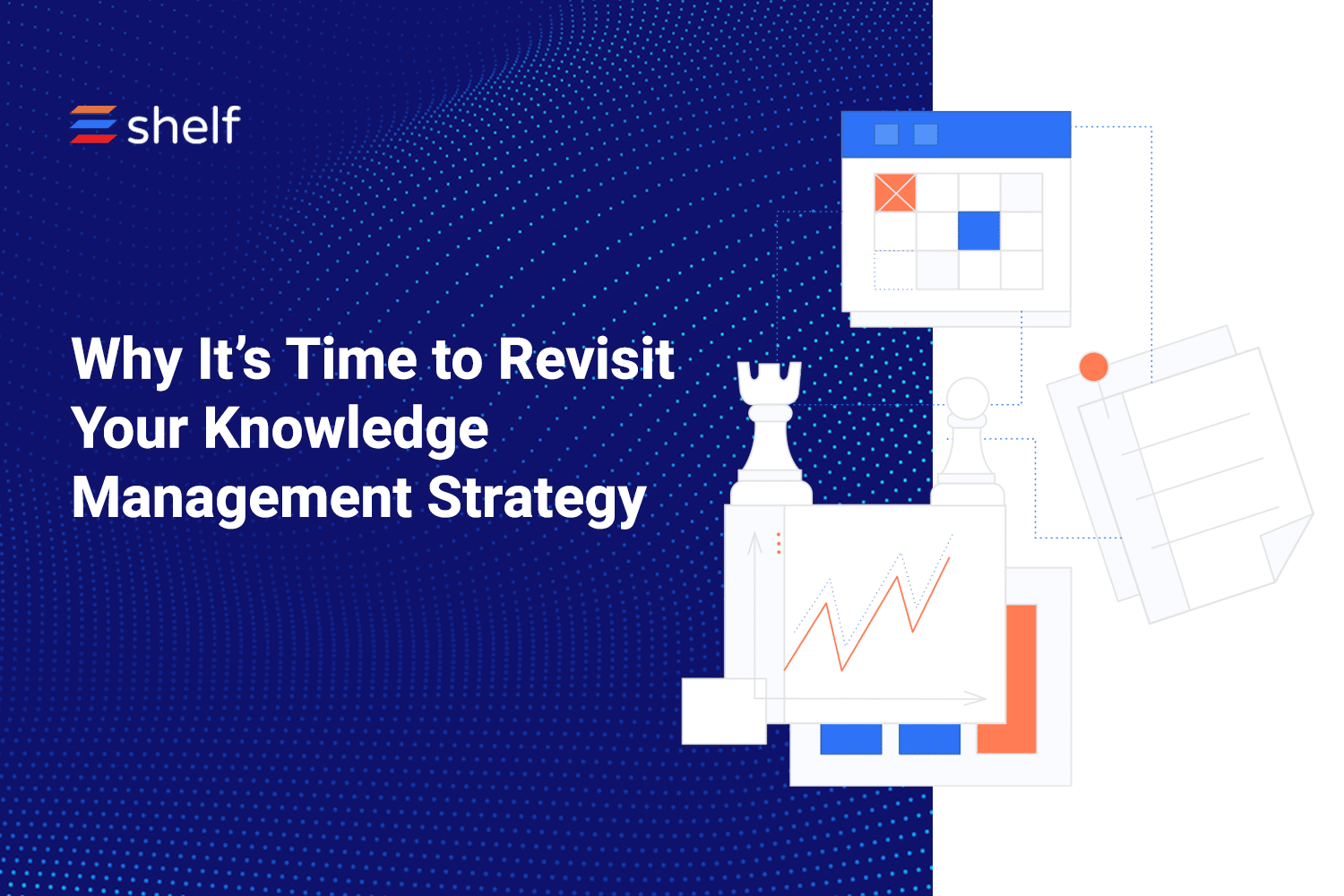Implementing a knowledge management system or exploring your knowledge strategy? Before you begin, it’s vital to understand the different types of knowledge so you can plan to capture it, manage it, and ultimately share this valuable information with others. Populating any type of knowledge base...
AI agents promise automation, efficiency, and smarter decision-making. But too often, they fail to deliver. The reason isn’t the model itself—it’s the data behind it. AI depends on organized, accurate, and complete data. If that foundation is weak, the results will be unreliable. Poor data quality...
Unstructured data is everywhere. From emails and video recordings to social media posts and customer chat logs, it makes up a significant portion of the information generated every day. Unlike structured data, which fits neatly into rows and columns, unstructured data is messy and doesn’t...
What’s the best search tool for your company? Can a tagging system help you find what you need? Is it the best way to organize your content? You’re not the only one asking these questions, and there’s a ton of money at stake in the answers. About $31.5 billion to be exact. That’s right:...
Data quality is more than just a buzzword—it’s the foundation of strong decision-making and the success of your organization. At its core, data quality refers to the accuracy, consistency, completeness, and reliability of your organization’s information. High-quality data means you can trust...
We rely on data to inform decision-making, drive innovation, and maintain a competitive edge. However, data is not static, and over time, it can undergo significant changes that impact its quality, reliability, and usefulness. Understanding the nuances of these changes is crucial if you aim to...
When it comes to managing data, unstructured data is the wild card. It’s messy, unpredictable, and doesn’t fit neatly into the boxes and grids we’ve relied on for years. Unlike structured data, which is easy to organize and analyze, unstructured data is chaotic—think videos, emails, images,...
Whether you’re making strategic decisions, optimizing processes, or developing artificial intelligence-powered solutions, reliable data is the foundation of meaningful results. Without it, even the most advanced tools and technologies fall short. But what exactly is data quality, and why does it...
AI for predictive analytics represents a cutting-edge approach to forecasting future trends and making data-driven decisions with precision. By integrating AI, you can uncover deep insights, identify emerging opportunities, and mitigate potential risks in real-time. In this article, you’ll...
Many organizations are exploring knowledge management because a proper knowledge management system is integral to a successful artificial intelligence strategy. If your organization has hundreds of files or decades of stored data and your own workforce can’t navigate it, then an artificial intelligence (or large language model) won’t be able to either.
Knowledge management is one of the most overlooked parts of the support experience. What exactly does a robust knowledge management strategy allow your organization to do? In this blog post, we take a closer look. The maturity of a company’s knowledge management strategy has a funny way of rearing...
What’s the role of AI in knowledge management? Read on for key use cases, examples, and the most frequently asked questions today. Table of Contents Keeping Content Up to Date Connecting Info from Different Sources Helping Reduce Support Costs Improving Information Search Frequently Asked...












